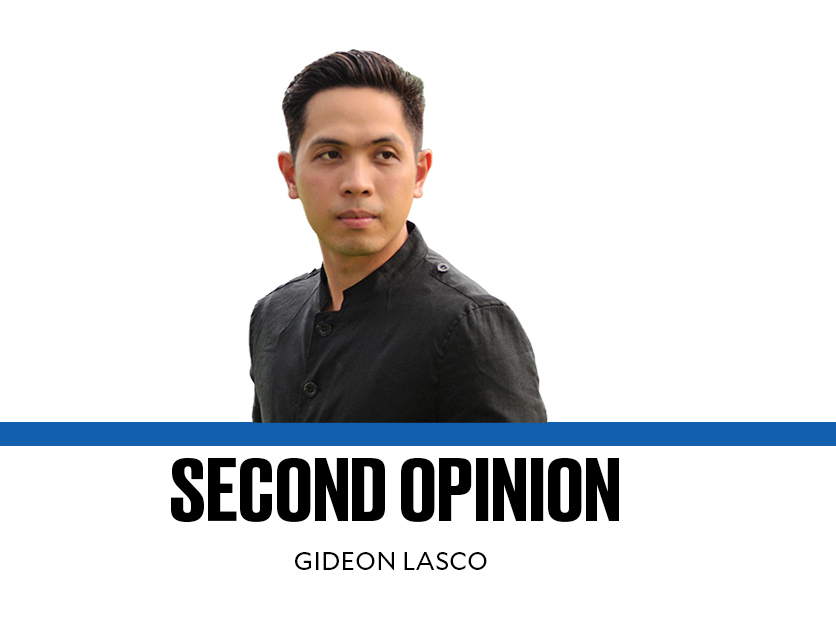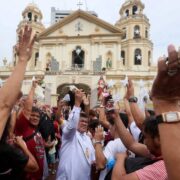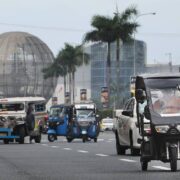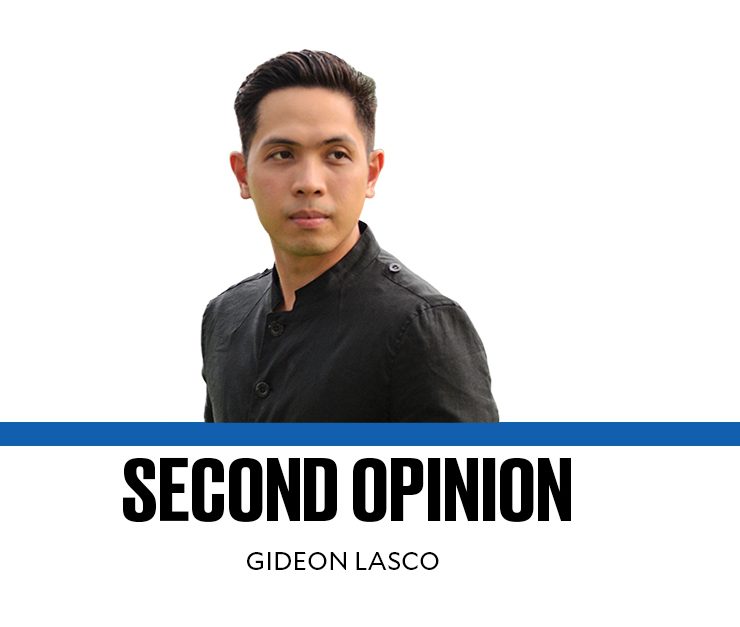The state of our public health

As I did last year, and as I hope to do in the coming years, I will interpellate the State of the Nation Address (Sona), particularly on health: the domain I’m most familiar with, and use this occasion to offer my own assessment of the current state of our nation’s health-care system.
First, President Marcos spoke of the UP-Philippine General Hospital Cancer Center and the Philippine Cancer Center, describing them as “godsend.” This is welcome news, for as long as it is not a manifestation of the “edifice complex in public health” in which politicians favor the big hospitals over small health centers; and physical infrastructure over less visible aspects of health care.
In fairness, the Sona also mentioned rolling out various primary care facilities around the country, so the challenge for the administration is to push through with health facilities across different levels of care according to medical, not political, need, and to have a referral system that is able to optimize these levels.
Second, the President touted expanded Philippine Health Insurance Corp. (PhilHealth) entitlements, including dramatically increased case rates from breast cancer, and more outpatient benefits. Again, these words are welcome, but what many Filipinos—including members of the over 60 medical societies who signed a recent statement—would have wanted was a response to concerns over the P89.9 billion that was left unused and returned to the national coffers.
Moreover, while we may have come a long way since PhilHealth’s inception in 1990s, the rosy picture painted of PhilHealth simply does not reflect the everyday realities of patients, health-care providers, and the contributing public alike, from unpaid claims to ever-increasing premiums. It was commendable of the President to begin his speech by acknowledging that economic performance metrics have not translated to people’s everyday realities; I hope his team extends this same acknowledgment to health matters.
The President then mentioned health human resources—but only in passing; I hope this scant attention does signify its lack of prioritization. Especially as health-care demand rises all over the world, there will continue to be shortage of health-care workers in the country unless they are well taken care of—and better compensated.
And insofar as education is concerned, it is not enough to offer “scholarships, and review and upskilling programs”; we need more publicly-funded medical schools, and I do hope that beyond allocating “seed funds,” some of these schools are given the support they need.
For the past few years now, the government has been promoting the idea of a “healthy lifestyle” or a “healthy Pilipinas,” and the President seems to be doubling down on this when he said that “As part of our recalibrated health approach towards prevention and healthy habits, we are prioritizing vaccinations, nutrition, mental well-being, and active and healthy lifestyles.” In this vein, the pursuit of “grassroots and sports-for-all programs … catering to Filipinos of all ages” is worth supporting.
However, having an enabling environment for physical activities is the most fundamental prerequisite: If we want to get people to run, we need parks and green spaces; if we want people to go biking, we need actual bike lanes. And so I hope that the administration will follow through with, among others, the 2023-2028 Philippine Development Plan, which makes a commitment that “pedestrians and cyclists will be accorded the highest priority.”
Thankfully, the President seems to recognize the importance of nutrition, particularly for the first 1,000 days. Beyond feeding programs, however, we need to transform the agriculture sector to be more nutrition-sensitive; for food to be more affordable, and for the government to act on the corporate determinants of malnutrition.
As the anthropologist Susan Greenhalgh reminded us, the promotion of exercise—while commendable in itself—also helped deflect attention from the cheap but unhealthy calories that our markets have been flooded with; it helped frame health largely as an individual choice rather than structurally determined.
Curiously, the speech is devoid of discussing the still-ongoing epidemics in our midst, particularly tuberculosis (TB) and human immunodeficiency virus. There are exciting breakthroughs and prospects in the diagnosis and treatment of TB, and the Sona could have been a platform to encourage Filipinos to get tested and take action (for both), as well as to acknowledge the Department of Health’s work.
Of course, I am not expecting the Sona to be comprehensive, but I cannot end without mentioning what I consider to be an egregious omission: any statement about how drugs can be addressed as public health issue. Moving away from extrajudicial killings is too low a bar; we urgently need to decriminalize drug use as a precondition for people to actually seek help if they need it, and we need to follow our neighboring countries like Malaysia and Vietnam in successfully implementing harm reduction program.
“No extermination” is far from enough if the administration is to live up to its promise of drug policy reform.
Gideon Lasco, physician, medical anthropologist, and columnist, writes about health, medicine, culture, society, and in the Philippines.


















